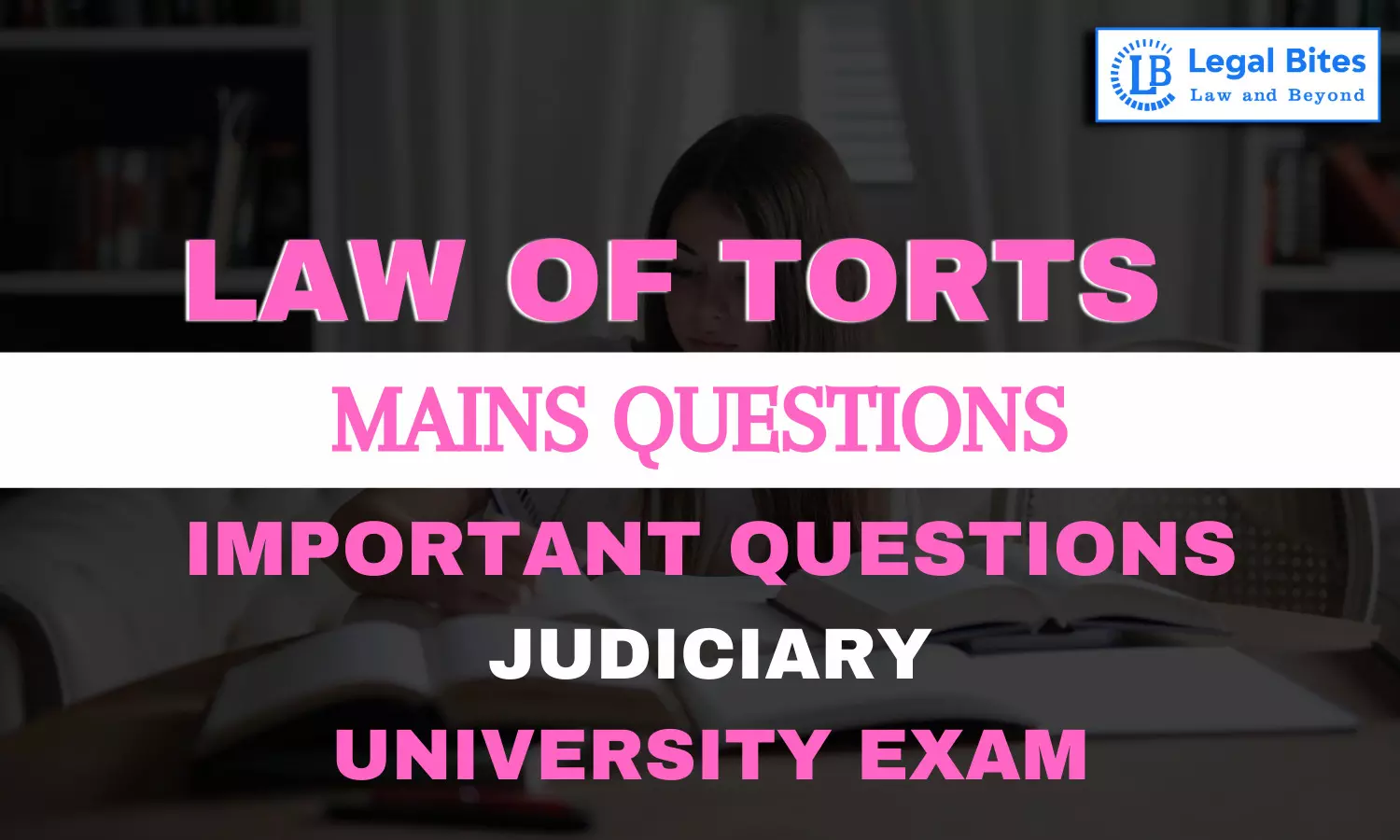Distinguish between Public and Private Nuisance.
Find the question and answer of Law of Torts only on Legal Bites.

Question: Distinguish between Public and Private Nuisance.Find the question and answer of Law of Torts only on Legal Bites. [Distinguish between Public and Private Nuisance.]AnswerPublic and private nuisance are two distinct types of tort in which an individual or entity causes harm or inconvenience to another person's use and enjoyment of their land. The main differences between the two types of nuisance lie in the scope of impact and the parties affected.A public nuisance is defined as an...
Question: Distinguish between Public and Private Nuisance.
Find the question and answer of Law of Torts only on Legal Bites. [Distinguish between Public and Private Nuisance.]
Answer
Public and private nuisance are two distinct types of tort in which an individual or entity causes harm or inconvenience to another person's use and enjoyment of their land. The main differences between the two types of nuisance lie in the scope of impact and the parties affected.
A public nuisance is defined as an act that endangers the health, safety, morals, comfort, or property of the public in general or a considerable number of people. Public nuisance affects a large section of the public, and it is often difficult to identify the individual or group of individuals affected. Public nuisance can also refer to the obstruction of a public right, such as blocking a public highway.
In contrast, a private nuisance is a tort that affects the use and enjoyment of a particular individual's land or property. A private nuisance is caused by an activity that substantially interferes with the use and enjoyment of land by an individual, and it causes harm or inconvenience to that individual.
Landmark case laws that illustrate the distinction between public and private nuisance include:
Attorney General v. PYA Quarries Ltd, (1957) 2 QB 169 - This case established that a public nuisance affects the public in general or a considerable number of people. The defendant, in this case, operated a quarry, which caused a considerable amount of noise and dust, leading to respiratory problems among the local population. The court held that the quarry was a public nuisance as it affected a considerable number of people.
Sturges v. Bridgman, (1879) 11 Ch D 852 - In this case, the defendant, a physician, built a consulting room on his property that was adjacent to the claimant's property, where he ran a confectionery business. The noise and vibration caused by the physician's hammering caused the confectioner's scales to shake, causing a disturbance. The court held that the defendant's actions constituted a private nuisance, as it interfered with the claimant's use and enjoyment of his property.
Public Nuisance affects a large section of the public and interferes with the public's rights or health, while private nuisance affects an individual or group of individuals and interferes with their use and enjoyment of land.

Mayank Shekhar
Mayank is an alumnus of the prestigious Faculty of Law, Delhi University. Under his leadership, Legal Bites has been researching and developing resources through blogging, educational resources, competitions, and seminars.
